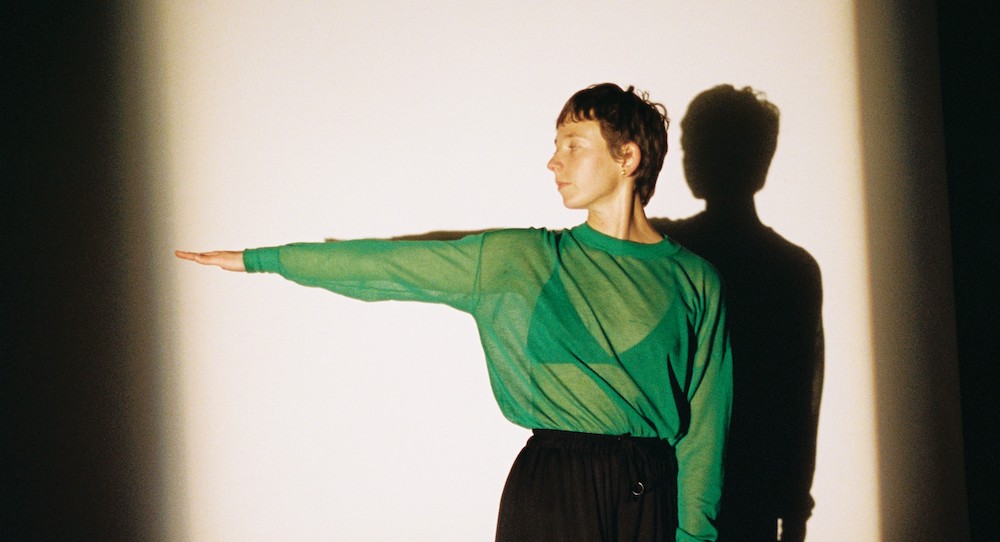Guild Theatre, Melbourne.
9 October 2024.
We know that everything is ephemeral, even though we mostly reside in the delusion of permanence. In the world of art, we treasure both. Paintings, statues, etcetera at one end, live performance at the other. We have museums and plinths for the former, but for the latter – smartphones notwithstanding – we have the immediacy of experience and the shifting, inexact archive of memory.
Unlike scripted theatre or notated symphonies, dance is notoriously hard to pin down. Perhaps even harder to repeat. Arabella Frahn-Starkie’s Pictures & Ghosts muses on this conundrum, shifting between the concreteness of artefact and the slipperiness of the moving body. Is it an attempt to capture, we wonder, or to make it plain that there is no such thing, that nothing is truly held?
She begins with the past, photographs and text projected on two screens. However, this is no mere slide show, as she animates them by hand, sliding them, scribbling on them. Alongside her, music plays on what sounds like a wonky cassette. It’s all very analogue, at times like the kind of flipbook cartoon sequences kids used to create with pencil and paper. Or like the austere and subtle visual art of pre-modern Japan.
It is a clever take on the idea of choreography. Still things moving, seeming to coalesce into dance. Until, with another switch, static becomes mobile, old becomes new, recorded becomes live. Having beguiled us with her dextrous montage of photographs, Frahn-Starkie brings them to life, as if re-enacting the past by performing the previous 2D animation in 3D form. The documented dance now happening before us.
Aside from being a meditation on the intrinsic weirdness of time, Pictures & Ghosts is also a deep dive into the mechanisms and recognisable lexicon of dance. The ‘moves’ are all familiar, like sequences from class or early rehearsal. We know these lines, these gestures. Somehow, despite the transience of dance, the choreography has been preserved. Etched not only in standard practise but in our shared physiology.
Pictures & Ghosts is more thoughtful than emotional, not so much an ode as an investigation. It is dry, often silent, and deliberate. At times it seems like a thesis in motion. Lovers of princess narratives and pyrotechnic production will likely be lost. However, just as Frahn-Starkie moves with slow care towards the core of her idea, we too are rewarded for our patience and attention to detail.
Look closely, and all those old pictures and ghosts come to life.
PS: Anyone old enough to remember overhead projectors – nigh ubiquitous in the schools and colleges of the ’70s and ’80s – will be delighted to see one such relic so creatively redeployed.
By Paul Ransom of Dance Informa.

















